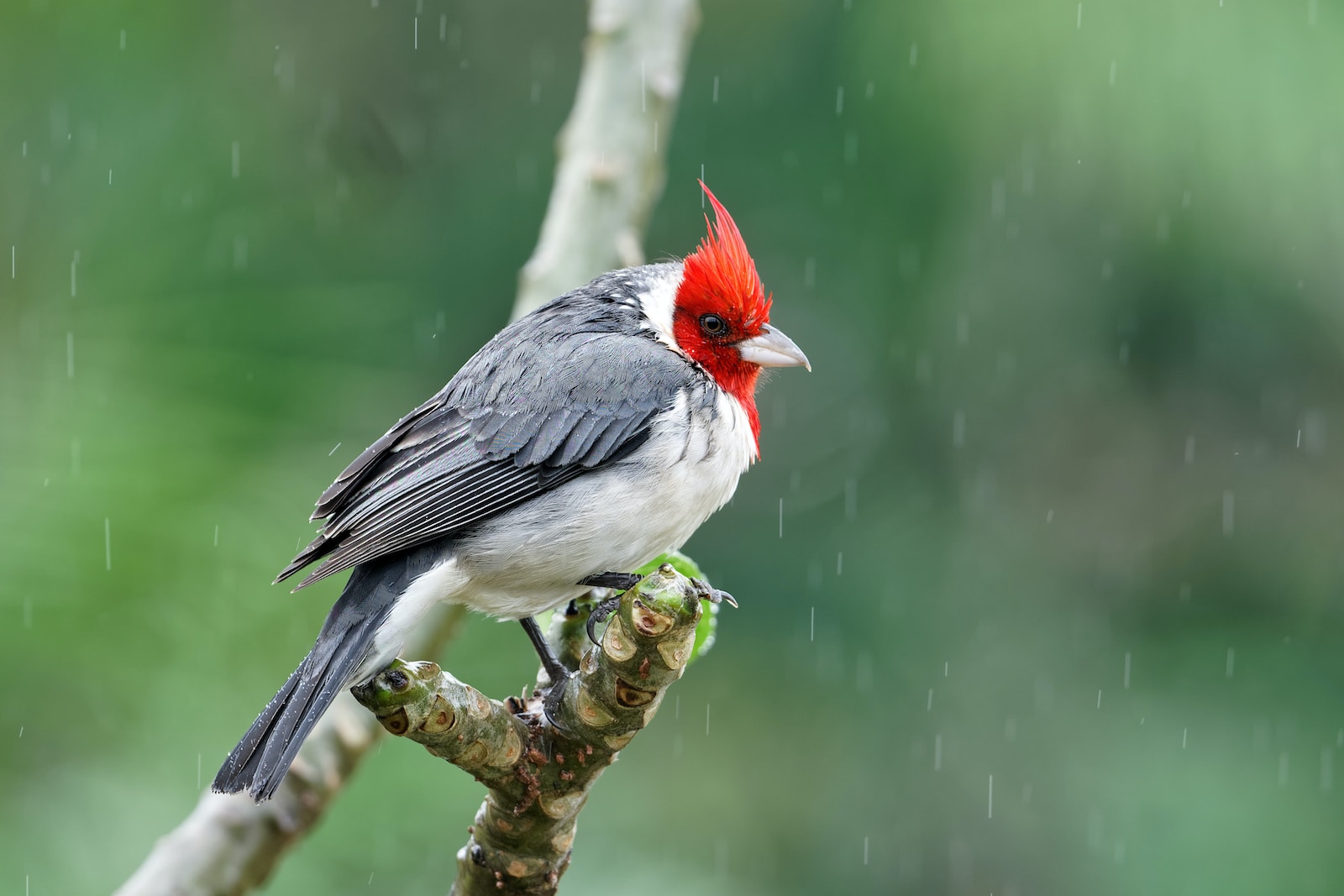Spring Wildlife Behavior and Intervention
With the emergence of Spring, garden wildlife becomes vibrantly visible and active. Spring marks the beginning of many significant wildlife behaviors including migratory patterns of countless bird species, and the nesting of critters. You should expect to see a variety of birds, bugs, and small mammals inhabiting your garden during this season. You can aid Spring wildlife by providing nesting materials, utilizing safe gardening practices, and using specific plant guides.
The Florida Fish and Wildlife Conservation Commission offers a plant guide specifically tailored to support habitats for gopher tortoises. These guides enlighten gardeners on which plant species are suitable for the dietary needs of the gopher tortoise and promote biodiversity.
Summer Wildlife Behavior and Intervention
In the heat of Summer, your garden’s wildlife activity surges. This is the season where hydration and shelter are the most critical needs for garden species; birds, insects, reptiles, to name just a few. Establishing a consistent source of water for these creatures can make a world of difference while providing shaded areas can provide respite from the scorching summer heat.
An interesting character you may come across is the green iguana. Notorious for their ability to thrive during the summer, these reptiles are known to lay their eggs in gardens, which hatch during the summer months. This reptile’s fascinating lifecycle can be a delightful addition to any garden’s dynamic ecosystem.
Fall Wildlife Behavior and Intervention
As Fall rolls in, wildlife prepares for the impending cold of Winter. Many species begin hibernation prep, storing up on food reserves and seeking out optimal locations for their winter reprieve. During this time, plenty of birds will also start their migration processes, adding to the ever-changing kaleidoscope of avian visitors in your garden.
Providing nutritious food sources during Fall can greatly assist wildlife in building their reserves up for Winter. Attention to ongoing conservation efforts and career opportunities in wildlife conservation can also bolster awareness and support for these noble causes.
Winter Wildlife Behavior and Intervention
Winter may be a barren season to some, but if you watch closely, you might still spot various species in your garden. While many creatures go into hibernation, a few hardy ones continue to live and even thrive amidst the frosty days.
In these frigid conditions, providing hearty food sources can make a significant difference in a creature’s ability to cope. Shelter is also crucial, from birdhouses to cozy piles of leaves, even the smallest effort can provide comfort and protection.
Whether it’s Spring or Winter, our garden wildlife brings an ever-changing cycle of life, natural beauty, and even entertainment. By providing the right resources, respecting migratory patterns, and supporting conservation efforts, we can each play a part in the survival of these creatures and the preservation of our natural biodiversity.

